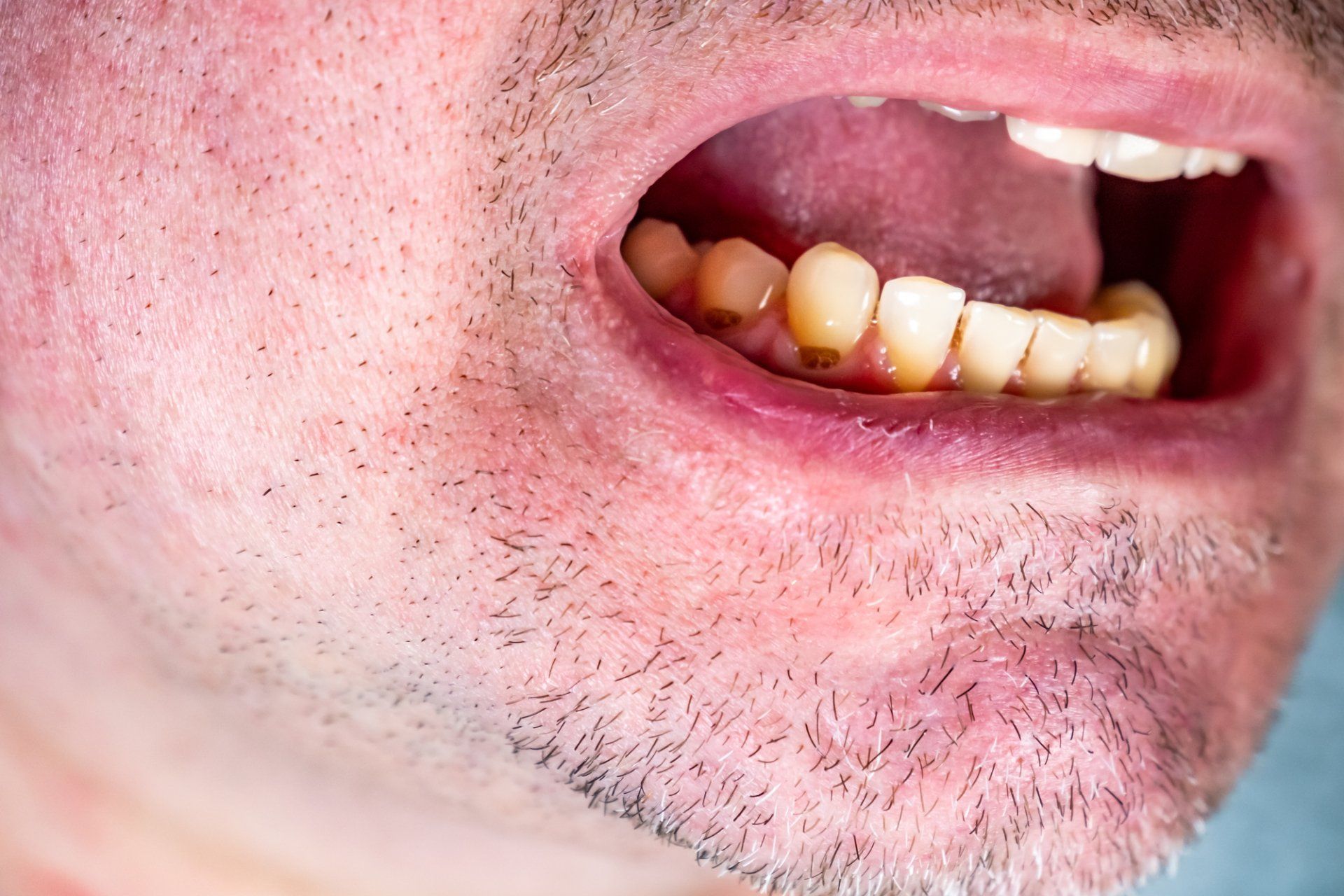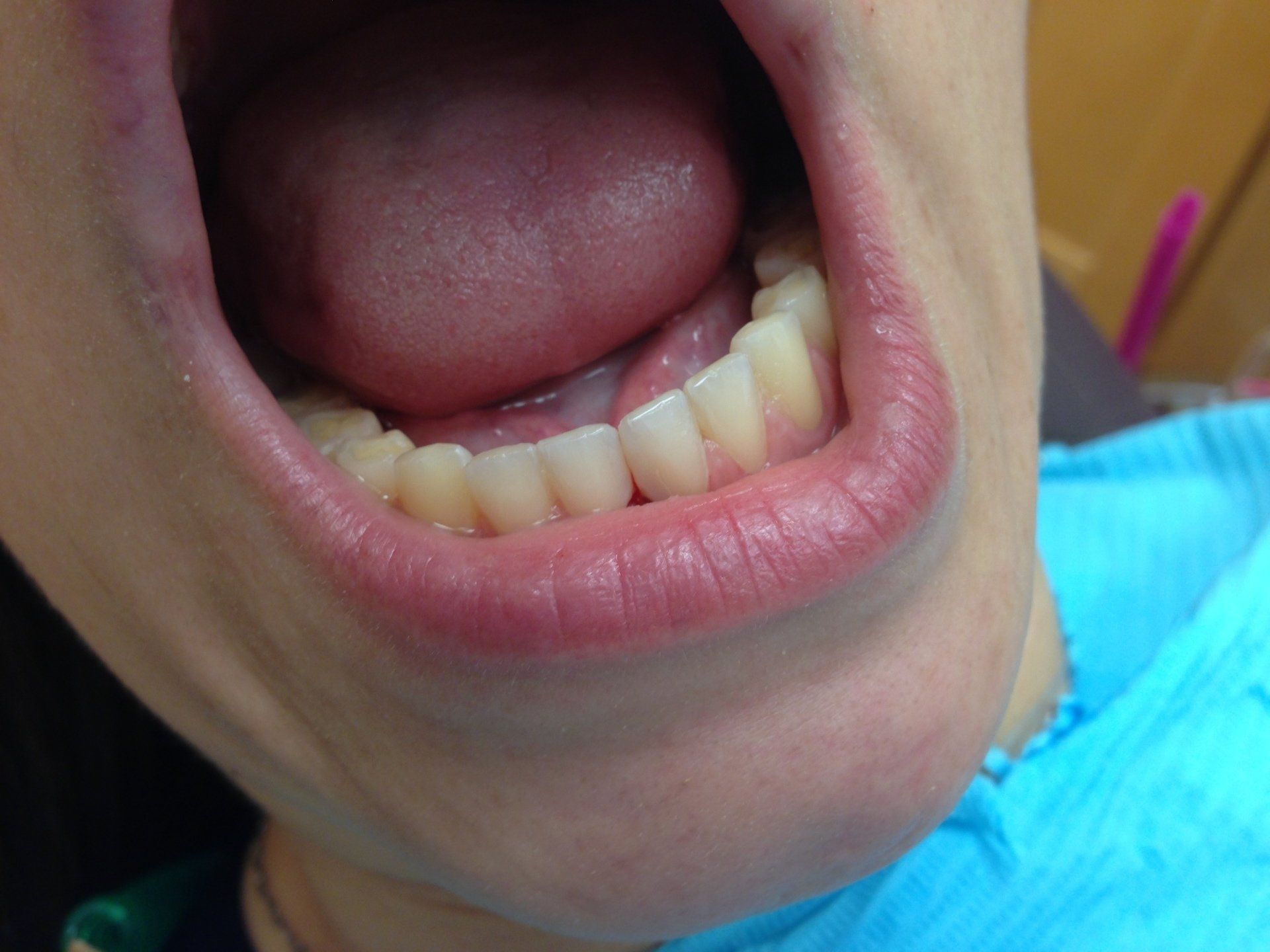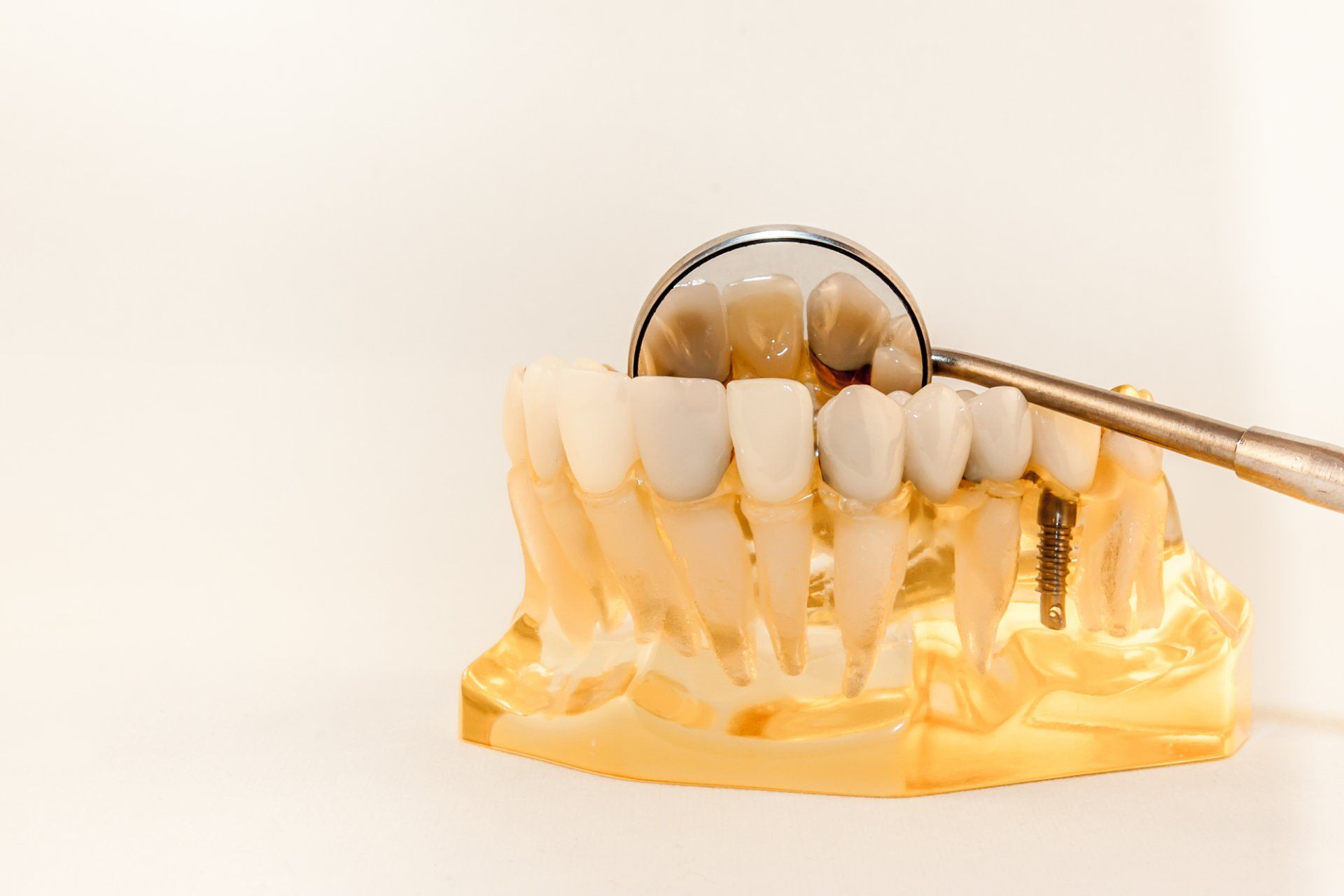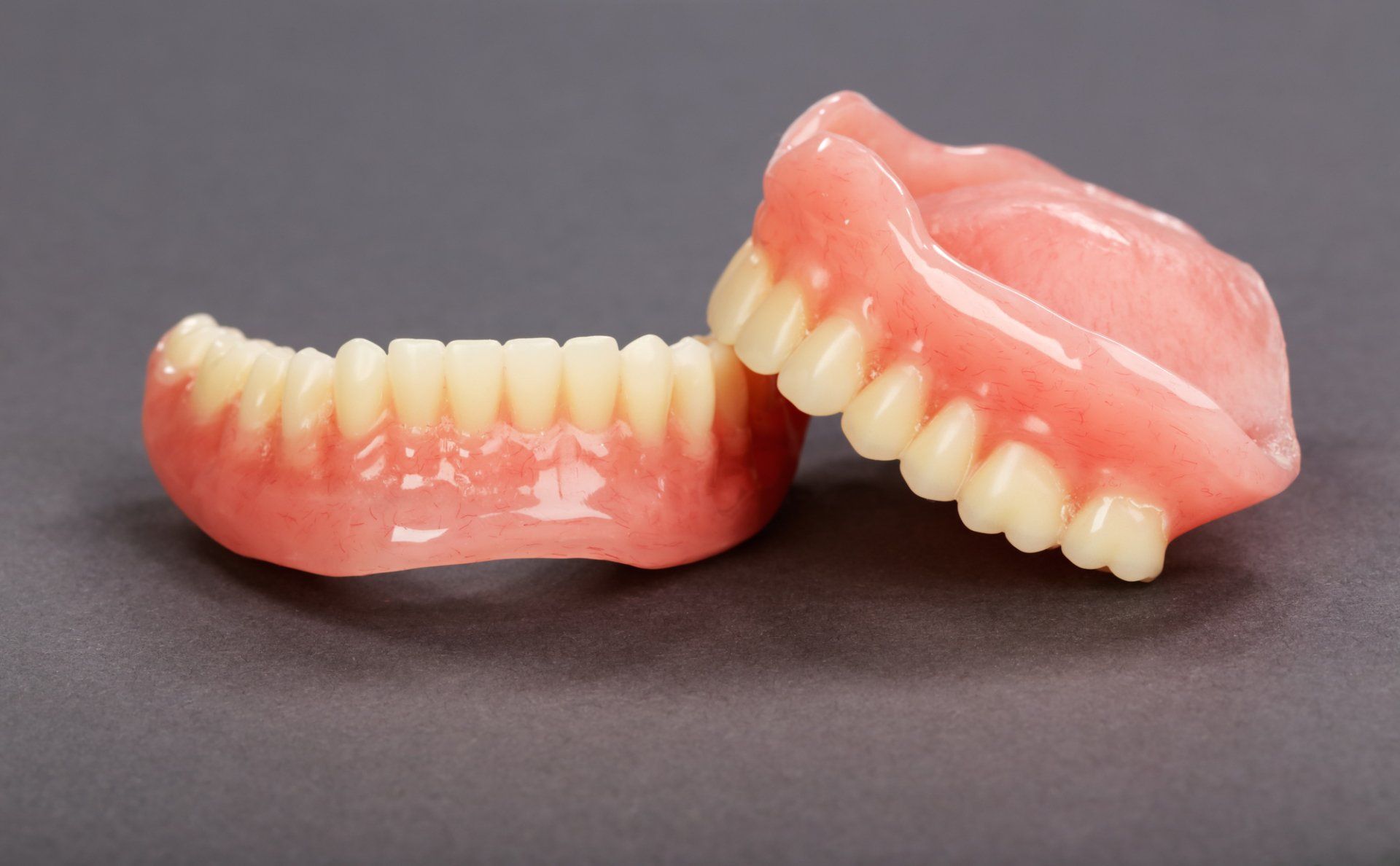Dedicated to bring you a smile.
Loma Vista Dental care is a family-owned and operated Clovis dentist office that offers a variety of dental services, including braces. We have a long history of providing exceptional dental care to our patients. You can contact us at any time and we will do everything we can to meet your needs.
Our dentists and staff are dedicated to providing exceptional dental care to our patients. If you have any questions, please contact us at (559) 323-7777. We're here to help!
Contact Us
At Loma Vista Dental,
your smile is our top priority.
Covid-19 Update
Following guidelines from the ADA, we will be seeing patients as of now. Call us or schedule an appointment.
Top Rated Dentist ★★★★★
Dr. Vatche Wassilian, DDS is a Family Dentistry Practitioner in Clovis, CA. Be sure to call ahead with Dr. Wassilian to book an appointment.
Serving Fresno & Clovis residents
Loma Vista Dental offers dental services such as root canal, crowns, bridges, cosmetic bonding and bridges, for patients who live in Clovis & Fresno.
Meet Our Team
Our staff of dedicated experts are here to help.
-
Loma Vista Dental
ButtonFresno & Clovis Dental Team
Services
Professional Dental Services
Cleanings & Exams
In massage therapy, I use a variety of techniques to suit your individual needs.
Dental Implants
Physiotherapy is a dynamic and pro-active approach to your physical rehabilitation.
Porcelain Veneers
As an experienced chiropractor, I’ll help you cope with daily aches and pains.
Root Canal Treatment
Physical therapy can help ease the discomforts associated with pregnancy.
Satisfied Patients
Our Blog














